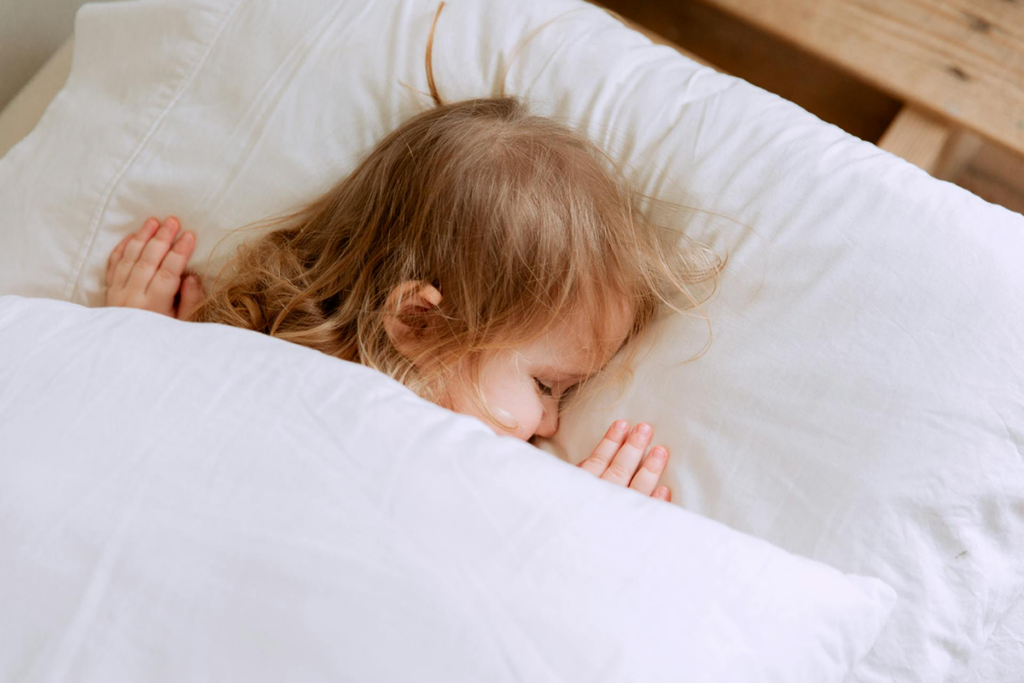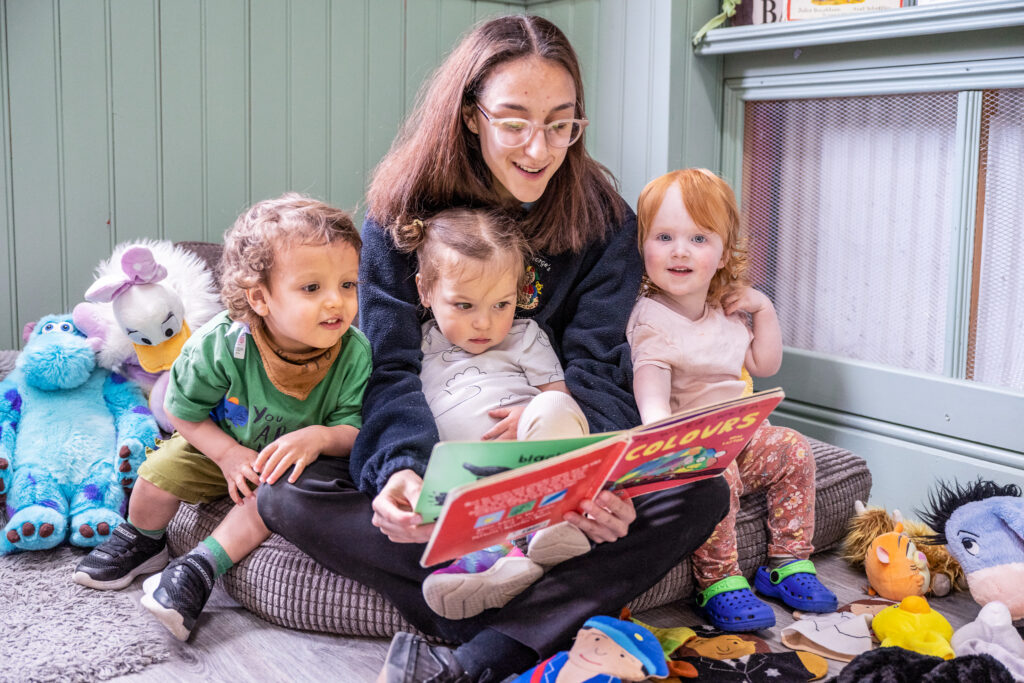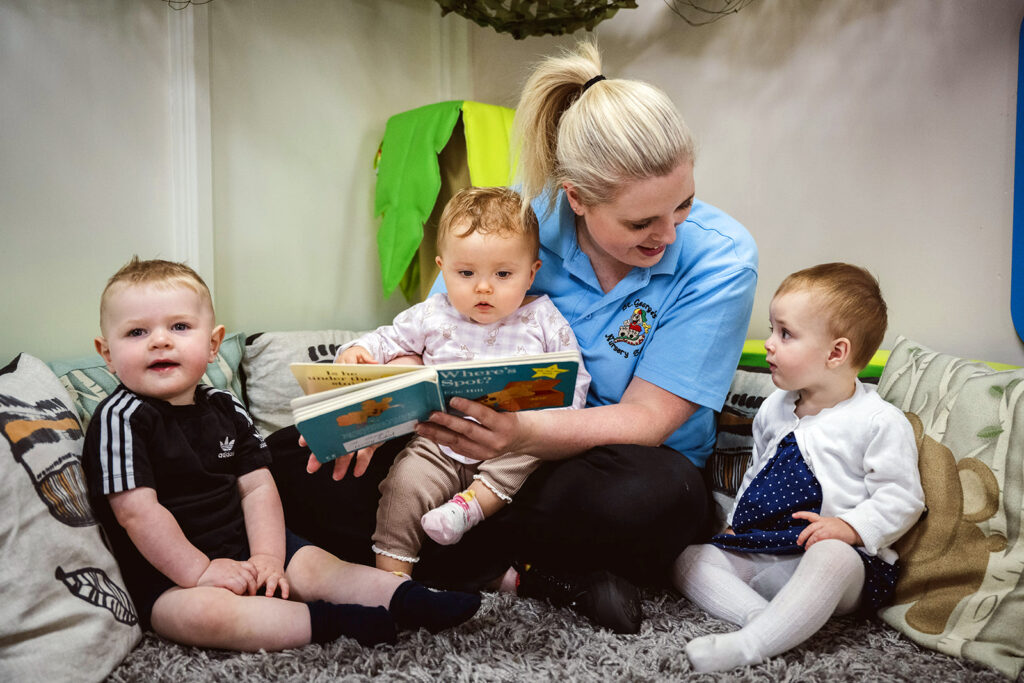Sleep is essential for the well-being and development of young children. As parents, ensuring your little ones get adequate, quality sleep is important for their physical health, cognitive function, and various other emotional factors. However, establishing healthy sleep habits can be challenging. In this blog, we will explore some tips on how to encourage better sleep for your little ones, promoting a happier and healthier nighttime routine.
Most parents face several common nighttime sleep challenges while establishing a proper sleep routine for their little ones. These challenges include frequent night wakings, which disrupt both the child’s and the parent’s sleep patterns.
Additionally, they may resist napping or avoid daytime naps completely, leading to overtiredness and nighttime disturbances. Separation anxiety at bedtime also complicates the settling process, making it hard for toddlers to fall asleep without parental presence. Moreover, transitioning from a crib to a toddler bed poses challenges, often resulting in bedtime resistance and increased chances of night wakings.
To tackle the above issues, we’ve identified a set of healthy sleep habits. These habits are essential for establishing a solid foundation that promotes peaceful and restful sleep for your child.
Consistent sleep schedule:
Aim for regular wake-up and bedtime routines, even on weekends. Consistency supports your child’s internal clock, making it easier for them to fall asleep and wake up at the same times each day.
Teach self-soothing skills:
Encourage your little one to learn how to fall asleep independently by putting them down drowsy but awake. This helps them develop self-soothing techniques and reduces dependence on other things.
Monitor sleep cues:
Watch for signs of sleepiness, such as eye rubbing, yawning, or becoming fussy. Respond quickly to these cues by initiating the bedtime routine to prevent overtiredness.
Limit screen time:
Minimise screen exposure, especially close to bedtime, as the blue light emitted from devices can disrupt the production of melatonin, the hormone responsible for regulating sleep.
Address sleep regressions:
Be prepared for sleep regressions, which are temporary disturbances in sleep patterns that often come with developmental milestones or changes in routine. Stay patient and maintain consistency in your daily routine.
Effective Tips for a Sleep-friendly Environment
We’d like to share with you some ways that you can create the most sleep-friendly environment for your little one.
Most favourable sleep environment:
Ensure the sleep space is peaceful and relaxed. Maintain a comfortable room temperature, dim the lights, and use white noise machines or soft music to drown out any background noises.
Consistent bedtime routine:
Establish a calming bedtime routine signal to your child that it’s time to wind down. Activities like bath time, gentle massage, reading a book, or singing a lullaby can help prepare them for sleep.
Comfortable sleep surface:
Such as a toddler bed with a firm mattress and snug-fitting sheets. Avoid soft bedding, pillows, and plush toys, as they pose suffocation hazards
Promote daytime activity:
Encourage plenty of daytime play and physical activities to expend your child’s energy, helping them feel more tired by bedtime.
By bringing in these simple changes and maintaining a patient, consistent approach, you can help your baby or toddler establish healthy sleep habits that support their overall well-being.
Remember that every child is unique, so be flexible and adapt your approach as needed. With time and persistence, you’ll create a sleep-friendly environment where your little one can thrive, ensuring peaceful nights and sweet dreams for the whole family.

Follow us @StGeorgesNursery to learn more about our nurseries.





